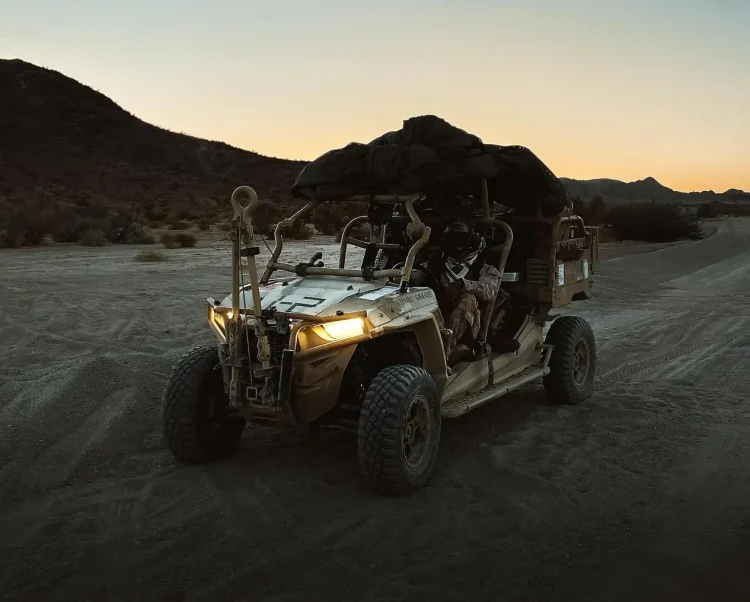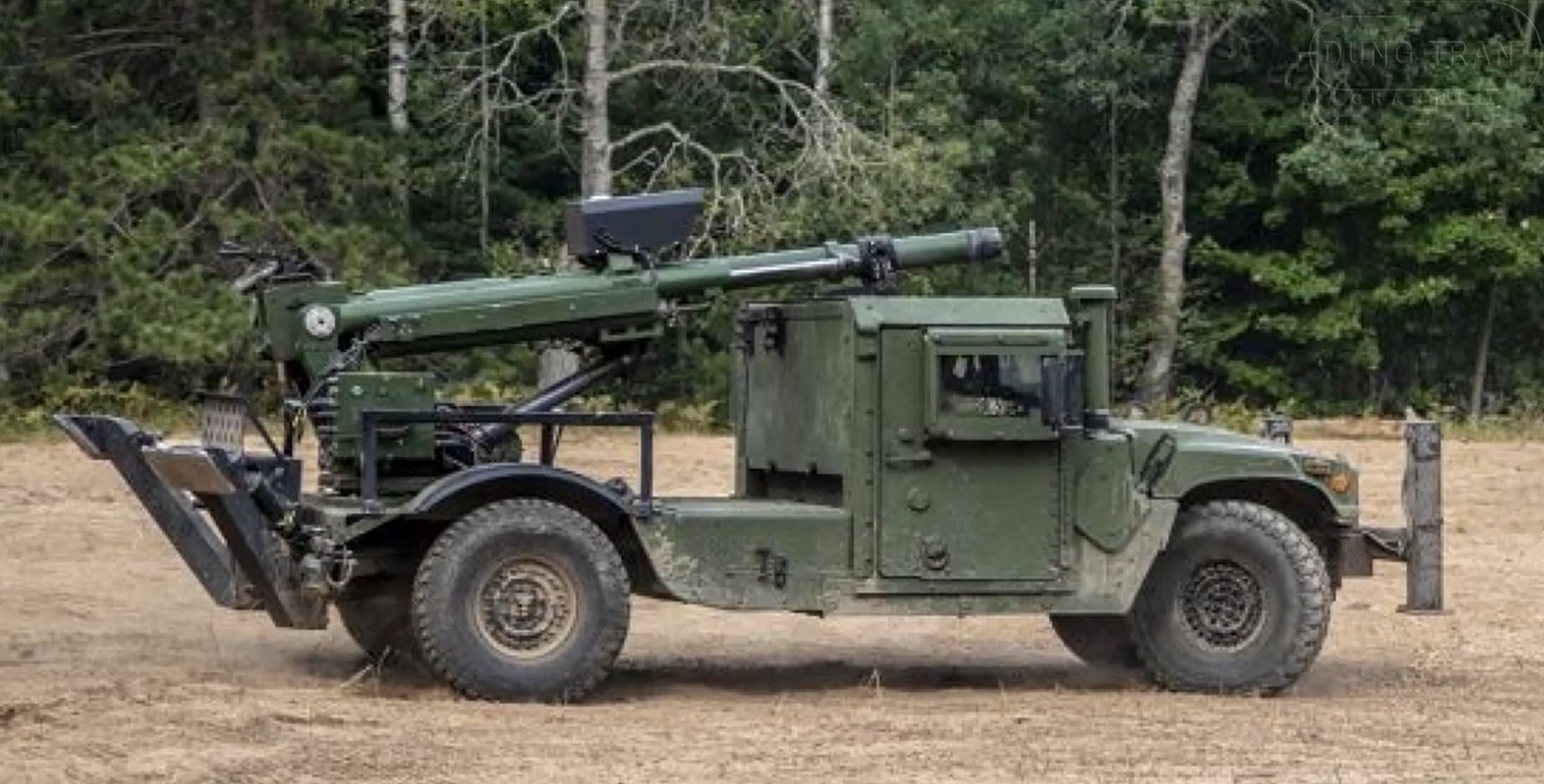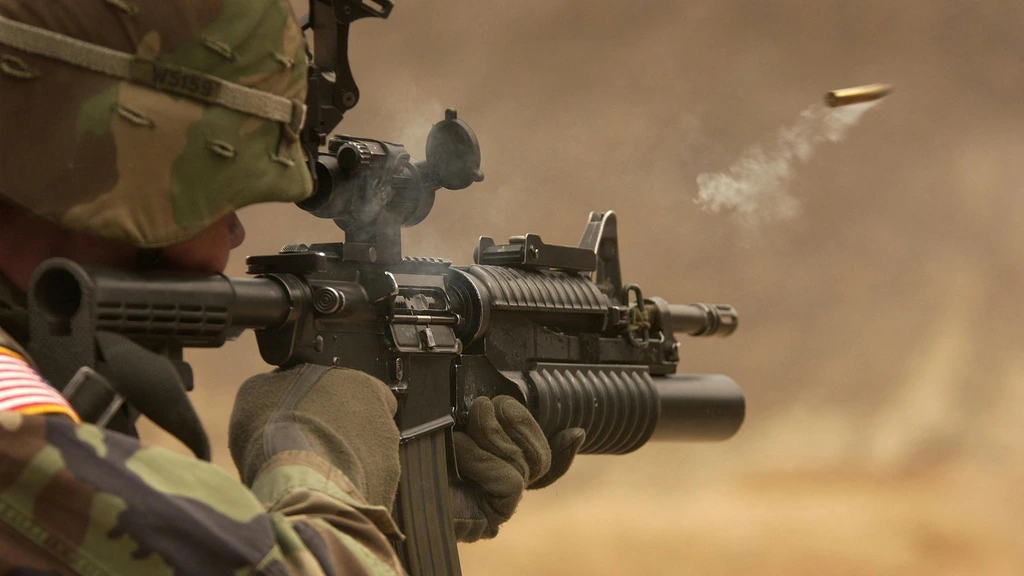The Evolution of Military Mobility
The use of All-Terrain Vehicles (ATVs) and motorcycles in military operations has evolved significantly over the years. In the early 20th century, armies began to recognize the need for fast, lightweight, and versatile vehicles capable of navigating rough terrains where traditional military vehicles could not go. This realization led to the integration of these agile machines into various aspects of military strategy and operations.
Strategic Advantages
Speed and Agility: One of the key advantages of using ATVs and motorcycles in military forces is their ability to move quickly and efficiently across difficult terrains. This can be crucial during reconnaissance missions, where the rapid collection of intelligence can provide a significant tactical edge.
Low Profile and Stealth: The relatively smaller size and quieter operation compared to larger vehicles make ATVs and motorcycles suitable for stealth missions. Their ability to weave through forests, deserts, and urban areas with minimal detection makes them invaluable assets.
Versatility: Both ATVs and motorcycles can be adapted for various roles such as courier services, medical evacuations, and direct combat. Equipping these vehicles with specialized gear allows them to be tailored for specific missions.
Key Uses in Military Operations
The versatility of ATVs and motorcycles allows them to cater to a broad range of military applications. Here are some key uses:
- Reconnaissance: Gather intelligence quickly and cover more ground than foot patrols.
- Supply and Logistics: Transporting supplies and ammunition in difficult terrains.
- Medical Evacuations: Quickly evacuate injured personnel from the battlefield.
- Communication Lines: Ensuring effective communication by carrying signal units and relays.
Case Study: ATVs in Modern Armies
Several modern armies have integrated ATVs and motorcycles into their operational frameworks. For instance, the U.S. Armed Forces use the Polaris MRZR vehicles—a family of lightweight, rugged, high-mobility ATVs designed to transport troops and equipment.
| Specification | Details |
|---|---|
| Engine | Inline 4-cylinder, 88 horsepower |
| Payload Capacity | 1,500 lbs |
| Top Speed | 60 mph |
| Range | 225 miles |
Challenges and Limitations
Despite their advantages, the use of ATVs and motorcycles in military forces also presents certain challenges:
Vulnerability: Due to their lack of armor, these vehicles and their operators are more exposed to enemy fire and environmental hazards.
Terrain Limitations: While ATVs are designed for difficult terrains, extreme conditions such as deep mud or dense forest can hinder their operation.
Maintenance and Training: Regular maintenance and proper training are essential to ensure these vehicles’ peak performance and longevity.
Innovations and Future Prospects
As technology advances, the military is continually exploring ways to improve ATVs and motorcycles. Future innovations may include:
- Autonomous Vehicles: Integrating AI for unmanned reconnaissance and logistical operations.
- Enhanced Survivability: Improved armor and stealth features to protect both the vehicles and the operators.
- Electric Propulsion: Transitioning to electric motors for quieter operations and fewer logistic chains related to fuel.
- Advanced Navigation: Incorporation of GPS and other navigation systems to enhance operational efficiency.
Through continuous advancements, ATVs and motorcycles will likely become even more integral to military operations, offering enhanced capabilities in mobility, efficiency, and tactical support.









